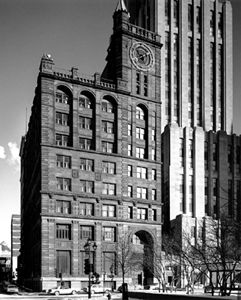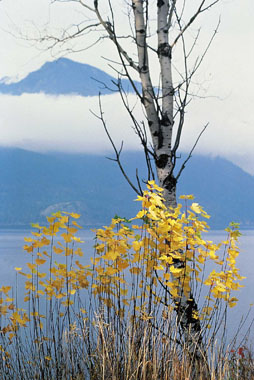Article
Sillery (Qué)
Sillery has a grand history dating back to the 17th century. It was the site of Canada's first Indian reserve and Jesuit mission, Sillery, on the edge of the St Lawrence. The reserve was funded by Noël Brulart de Sillery (1577-1640), for whom the town was named.









